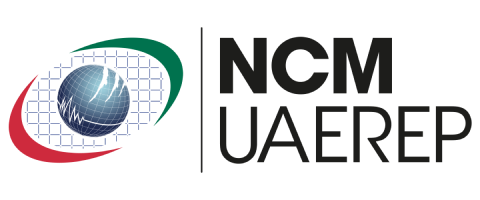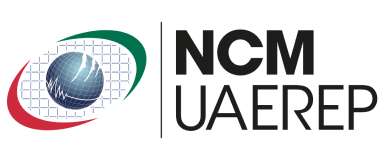Introduction
The UAE Research Program for Rain Enhancement Science (UAEREP), managed by the National Centre of Meteorology (NCM) in the UAE, is an international research initiative designed to advance the science and technology of rain enhancement by offering managed grant assistance to selected teams of researchers who present innovative ideas and project proposals relevant to the targeted research areas of each program cycle.
The UAE Program for Rain Enhancement Science (UAEREP)
Launched under the patronage of His Highness Sheikh Mansour bin Zayed Al Nahyan, Deputy Prime Minister and Minister of Presidential Court, UAEREP stimulates and promotes scientific advancement and the development of cutting-edge technologies in this field. The Program and its grant-awarding function align with the strategic objectives of the UAE’s Innovation Strategy.
Celebrating its tenth anniversary in 2024, UAEREP has established itself at the forefront of the UAE's mission to develop innovative and sustainable solutions addressing climate change and enhancing water security locally and globally.
The Program is managed by NCM as part of its strategic objective to support research in weather modification. It offers a grant of up to US$1.5 Million distributed over three years with a maximum annual amount of $550K for each winning research proposal.
Global importance of the program
With the world population nearing 8 billion, the UN predicts that almost half of the world’s population would be faced with high water stress by 2030.
Much of the projected total global population increase of three billion over the next three decades will occur across developing countries mainly located in the global south, thereby putting severe pressure on already limited supplies of potable water.
For arid and semi-arid regions, rain enhancement offers a viable, cost-effective supplement to existing water supplies. Recent technological developments suggest rain enhancement could offer an important supplement to existing sources of groundwater and desalinated water.
Given the scale of the challenge posed by rising populations and diminishing resources, there is an urgent need for new technologies and solutions to address this urgent challenge.
Through the UAE Research Program for Rain Enhancement Science, the UAE is leading the way in promoting innovation for the benefit of future generations facing water scarcity.
Water Security – A critical challenge for the future
UAEREP follows a clear strategic direction, prioritizing advanced technology and evolving research needs to propel rain enhancement technologies and attract investment for practical applications that address not only water security but also the broader Water-Food-Energy Nexus.
As global populations grow, demand for water, food, and energy will rise significantly. The increasing scarcity of these interconnected resources poses risks to social stability, economic growth, and national security. Without responsible management of these critical resources, the world could face severe disruptions, including potential civil and inter-state conflicts over access to vital supplies.
Water security, being an essential pillar of the Water-Food-Energy Nexus, requires countries to adopt innovative approaches that integrate sustainable water conservation, food production, and energy efficiency. UAEREP’s mission extends beyond increasing rainfall in the UAE to developing scalable solutions that strengthen global resilience. By fostering cutting-edge research and advancing rain enhancement technologies, UAEREP supports efforts to enhance water availability, improve agricultural sustainability, and optimize energy consumption in arid and semi-arid regions worldwide.
As part of its broader mission, UAEREP actively promotes international collaborations and investment in rain enhancement science to ensure long-term resource sustainability. With the world’s population nearing 8 billion, the need for strategic resource management across the Water-Food-Energy Nexus has never been more critical. UAEREP stands at the forefront of these global efforts, working to address the complex challenges of water scarcity while contributing to broader environmental and economic resilience.
The UAE’s achievements in rain enhancement
UAEREP is committed to reshaping global perceptions of rain enhancement technology, advocating its sustainable and eco-friendly water solutions.
The UAE’s rain enhancement operations were initiated in 1990 and were developed through cooperation with organizations such as the National Center for Atmospheric Research in Colorado, USA, and the US Space Agency, NASA.
In 2005, the UAE launched the ‘UAE Prize for Excellence’ in Advancing the Science and Practice of Weather Modification in collaboration with the World Meteorological Organization (WMO). This competition was run once but has been inactive since. The prize was thereafter amended to an International Research Program for Rain Enhancement Science in 2016.
The UAE now has more than 95 networked weather stations, an integrated weather radar network, and four specialized King Air aircrafts for seeding operations. The rain enhancement operations in the UAE are carried out by an expert team of nine pilots, and a specialized scientific and technical crew - the majority of whom are UAE nationals - to monitor cloud seeding operations.
Building on the achievements and practical and scientific expertise that the UAEREP has gained through its research work, NCM set up the ‘Emirates Weather Enhancement Factory’, the first factory to produce high-quality cloud seeding materials and flares in the MENA region.
With an estimated production capacity of 21,000 hygroscopic flares annually, the facility uses environmentally friendly materials to produce flares that contain natural salts such as potassium chloride and sodium chloride.



